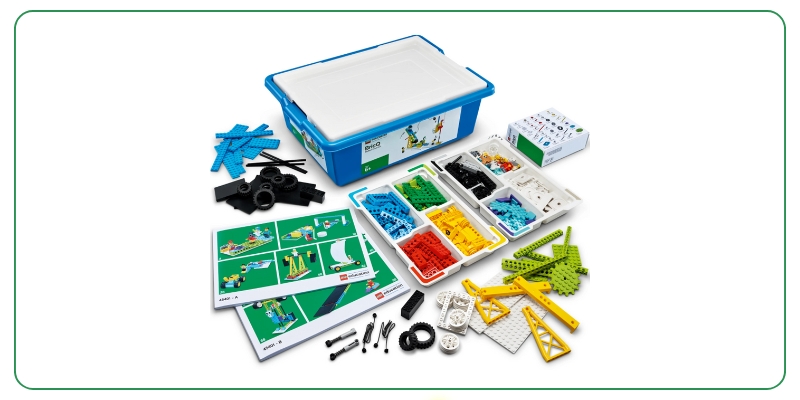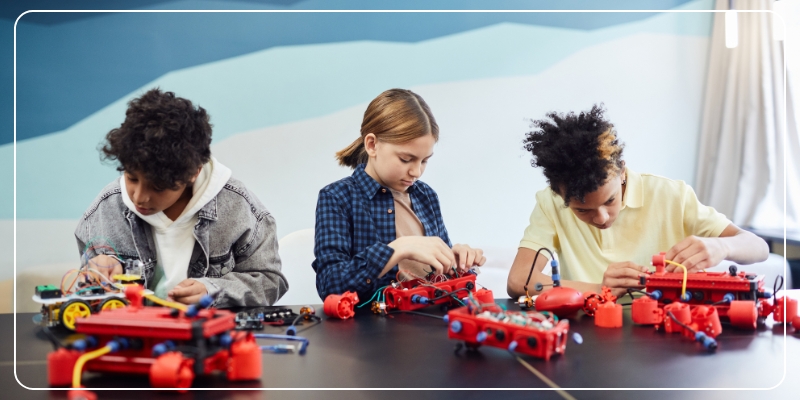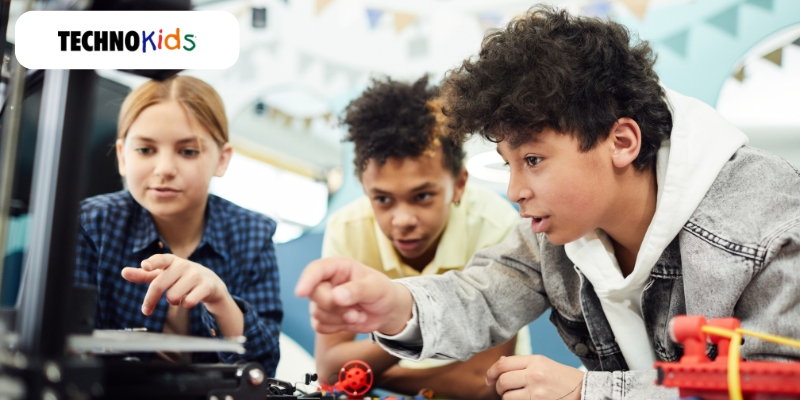
Top 5 Ways to Integrate the Nous AI Set into Your School’s Curriculum
Incorporating artificial intelligence (AI) into education is no longer a futuristic concept – it’s a present-day necessity. The Nous AI Set by MatataStudio offers an innovative approach to embedding AI learning into various subjects, making complex concepts accessible and engaging for students. Here are five effective strategies to seamlessly integrate the Nous AI Set into your school’s curriculum.
Enhance Science Lessons with Hands-On AI Experiments
Transform traditional science classes by introducing practical AI experiments. Utilize the Nous AI Set’s machine vision and sensor capabilities to conduct experiments on environmental monitoring, object detection, or simple robotics. This hands-on approach not only reinforces scientific principles but also demonstrates real-world applications of AI technology.
Develop Computational Thinking in Mathematics
Mathematics and AI go hand in hand. Leverage the Nous AI Set to teach algorithms, pattern recognition, and data analysis. Students can program robots to solve mathematical problems or analyze data sets, fostering computational thinking and problem-solving skills essential for the digital age.
Integrate AI into Language Arts through Storytelling
Bring creativity and technology together by incorporating the Nous AI Set into language arts. Use its speech recognition and MatataChat features to create interactive storytelling sessions. Students can program the robot to narrate stories, engage in dialogues, or even simulate characters, enhancing their narrative skills and understanding of AI-driven communication.
Explore Ethical Implications in Social Studies
AI’s impact on society is a critical topic in social studies. Facilitate discussions on the ethical considerations of AI, such as privacy, employment, and decision-making. The Nous AI Set can serve as a tangible example to explore these issues, encouraging students to think critically about the role of AI in our world.
Foster Creativity in Art and Design
Combine art and technology by using the Nous AI Set in creative projects. Students can design and program the robot to perform tasks like drawing patterns, creating music, or choreographing movements. This interdisciplinary approach nurtures creativity while introducing students to the artistic potentials of AI.
The Nous AI Set is a versatile tool that can enrich various aspects of your school’s curriculum. By integrating it into different subjects, educators can provide students with a comprehensive understanding of AI, preparing them for a future where technology and innovation are paramount.









Recent Comments